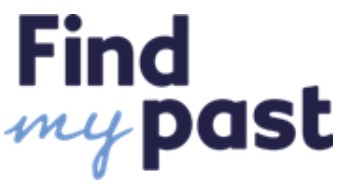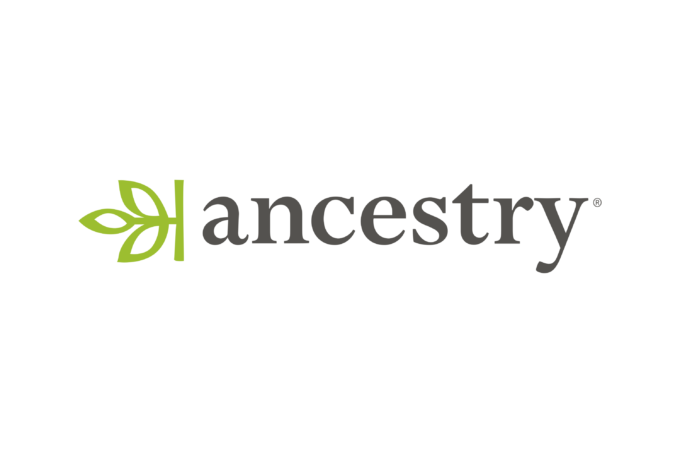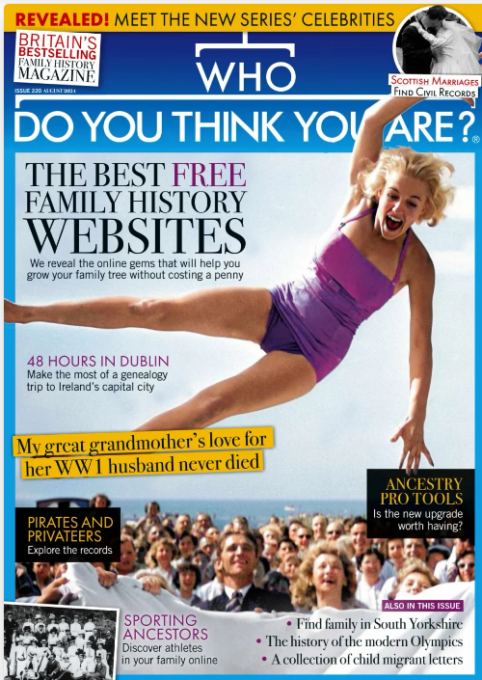Here are the newspapers.com papers that are newly available or have had updates in the past month.
United Kingdom
New and Updated Newspapers
Western Telegraph (Haverfordwest, Dyfed, Wales)
Years: 2014–2019
Pages: 26,225
The Westmorland Gazette (Kendal, Cumbria, England)
Years: 2014–2019
Pages: 25,640
Wilts and Gloucestershire Standard (North Wiltshire ed.) (Malmesbury, Wiltshire, England)
Years: 2014–2019
Pages: 1,701
Wilts and Gloucestershire Standard (Cotswold ed.) (Cirencester, Gloucestershire, England)
Years: 2014–2019
Pages: 21,496
Thurrock Gazette (Grays, Essex, England)
Years: 2016–2019
Pages: 12,343
Stroud News and Journal (Stroud, Gloucestershire, England)
Years: 2014–2019
Pages: 18,978
Stourbridge News (Stourbridge, West Midlands, England)
Years: 2014–2019
Pages: 23,628
St. Helens Star (Saint Helens, Merseyside, England)
Years: 2014–2019
Pages: 22,998
County Gazette (Taunton, Somerset, England)
Years: 2015–2019
Pages: 23,626
Somerset County Gazette (Taunton, Somerset, England)
Years: 2015–2015
Pages: 3,502
Rhyl, Prestatyn and Abergele Journal (Rhyl and Prestatyn ed.) (Prestatyn, Clwyd, Wales)
Years: 2017–2019
Pages: 7,328
Oswestry and Border Counties Advertizer (Oswestry, Shropshire, England)
Years: 2017–2019
Pages: 9,015
Ledbury Reporter (Ledbury, Herefordshire, England)
Years: 2014–2019
Pages: 2,335
Keighley News (Keighley, West Yorkshire, England)
Years: 2014–2019
Pages: 16,957
Wharfedale and Aireborough Observer (Otley, West Yorkshire, England)
Years: 2014–2019
Pages: 1,408
Ilkley Gazette (Ilkley, West Yorkshire, England)
Years: 2014–2019
Pages: 17,150
Malvern Gazette (Malvern, Worcestershire, England)
Years: 2014–2019
Pages: 21,980
Hereford Times (Hereford, Herefordshire, England)
Years: 2014–2019
Pages: 40,724
South Wales Guardian (Ammanford, Dyfed, Wales)
Years: 2014–2019
Pages: 10,671
Cotswold Journal (Tewkesbury, Gloucestershire, England)
Years: 2014–2019
Pages: 2,379
Evesham Journal (Evesham, Worcestershire, England)
Years: 2014–2019
Pages: 26,371
Craven Herald and Pioneer (Skipton, North Yorkshire, England)
Years: 2014–2019
Pages: 18,235
Droitwich Spa Advertiser (Droitwich, Worcestershire, England)
Years: 2014–2019
Pages: 1,722
Bromsgrove Advertiser (Bromsgrove, Worcestershire, England)
Years: 2014–2019
Pages: 25,563
Berrow’s Worcester Journal (Worcester, Worcestershire, England)
Years: 2014–2019
Pages: 19,284
Barry and District News (Barry, South Glamorgan, Wales)
Years: 2014–2019
Pages: 9,401
Updated Newspapers
Daily Record (Scotland)
Years: 1895–1999
Pages: 1,040,547
The Isle of Wight County Press and South of England Reporter (England)
Years: 1884–1955
Pages: 34,261
The Guardian (England)
Years: 1821–2024
Pages: 1,161,238
Canada
New and Updated Newspapers
The Scarborough Mirror (Scarborough, Ontario, Canada)
Years: 1980–1980
Pages: 1,249
The Weston-Downsview Mirror (Toronto, Ontario, Canada)
Years: 1998–1999
Pages: 664
The North York Mirror (Willowdale, Ontario, Canada)
Years: 1984–1999
Pages: 3,430
The Mirror (Scarborough ed.) (Scarborough, Ontario, Canada)
Years: 1972–1972
Pages: 340
The Mirror (Downsview Weston ed.) (Toronto, Ontario, Canada)
Years: 1971–1972
Pages: 908
The Mirror/Enterprise (Toronto, Ontario, Canada)
Years: 1971–1971
Pages: 460
The Mirror (Don Mills ed.) (Toronto, Ontario, Canada)
Years: 1971–1978
Pages: 14,391
Guelph Mercury (Guelph, Ontario, Canada)
Years: 2001–2016
Pages: 284,641
The Guelph Evening Mercury (Guelph, Ontario, Canada)
Years: 1916–1916
Pages: 903
Updated Newspapers
The Province (Vancouver, British Columbia, Canada)
Years: 1894–2024
Pages: 2,370,310
The Toronto Star (Toronto, Ontario, Canada)
Years: 1900–2024
Pages: 3,885,837
The Windsor Star (Windsor, Ontario, Canada)
Years: 1893–2024
Pages: 1,608,853
National Post (Toronto, Ontario, Canada)
Years: 1907–2024
Pages: 860,744
The Leader-Post (Regina, Saskatchewan, Canada)
Years: 1883–2024
Pages: 1,368,752
The Gazette (Montreal, Quebec, Canada)
Years: 1857–2024
Pages: 2,184,730
Edmonton Journal (Edmonton, Alberta, Canada)
Years: 1903–2024
Pages: 2,096,869
Calgary Herald (Calgary, Alberta, Canada)
Years: 1888–2024
Pages: 2,541,016
The Hamilton Spectator (Hamilton, Ontario, Canada)
Years: 1852–2024
Pages: 2,245,956
Waterloo Region Record (Kitchener, Ontario, Canada)
Years: 1893–2024
Pages: 1,363,927
 National School Admission Registers & Log-Books, 1870-1914, is augmented with 6,600 images and transcriptions from the Latymer Upper School in Hammersmith, Middlesex, from 1870 to 1914.
National School Admission Registers & Log-Books, 1870-1914, is augmented with 6,600 images and transcriptions from the Latymer Upper School in Hammersmith, Middlesex, from 1870 to 1914.


 Find over one million (1,006,342) records in this collection from the Gwent Archives.
Find over one million (1,006,342) records in this collection from the Gwent Archives. As usual, this issue is packed full of helpful information and resources.
As usual, this issue is packed full of helpful information and resources.